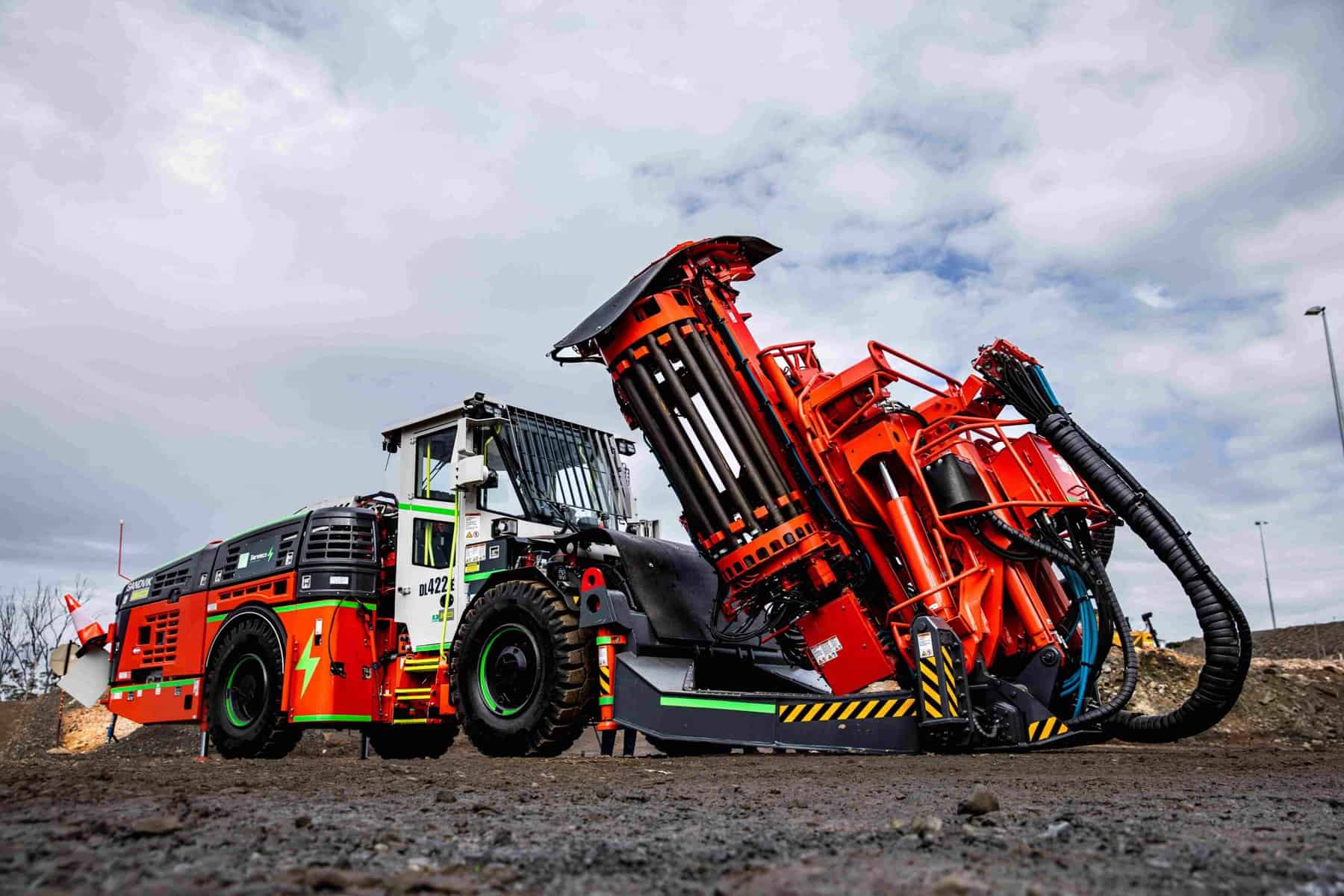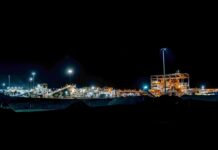Groundbreaking all-electric fleet study boosts miners’ decarbonisation efforts

Battery-powered vehicles can offer a cost-effective and environmentally friendly alternative to underground diesel fleets
The decarbonisation of underground mining has received a huge boost from a landmark study, which found that battery-powered vehicles (BEVs) could be a cost-effective and greener alternative to diesel-powered fleets.
The Cosmos Underground Electrification Study, which was conducted by mining services company Perenti in collaboration with technology leader ABB and mining and exploration company IGO Limited for IGO’s Cosmos Project, found that replacing diesel vehicles with BEVs could result in significant safety and environmental benefits for miners and mining personnel.
The study was one of the first in Australia to comprehensively detail the requirements for underground mine electrification and diesel fleet transition, and it found that shifting to an all-electric fleet at IGO’s Cosmos Nickel Project in Western Australia was technically feasible.
Costs to electrify the Cosmos underground fleet would not be prohibitive over the mine’s envisaged lifespan, while total power requirements (including shaft hoisting) would be similar to, or less than, the existing diesel fleet operation. The study was conservative in its assumptions and real world application may well exceed its conclusions.
“The study demonstrates that the electrification of underground mining fleet is technically feasible, in the right circumstances,” said Chris Carr, IGO’s Acting Chief Operating Officer.
“The electrification of fleet at mining operations will be pivotal in the industry’s commitment to advancing towards net zero emissions. In addition, the removal of diesel from underground operations will eliminate diesel particulate matter and other exhaust gases, resulting in improved working conditions and better health outcomes for employees,” he added.
The study comes as the industry is under intense societal pressure to cut carbon emissions.
Many miners have committed to net zero emissions goals to meet the 2050 climate change target, and decarbonising underground mining operations will play a vital part in meeting this goal.

Mobile fleet electrification could drive productivity improvements and capital savings, the study said, as the elimination of diesel fumes and waste engine heat would cut the ventilation and cooling infrastructure required underground. An electric fleet would also reduce vibration levels experienced by operators and decrease noise impacts on personnel.
“An all-electric mine is closer than ever, with the right equipment available and the mindset of the industry changing,” said Raj Ratneser, Perenti Group Executive Sponsor for Electrification/Decarbonisation.”
“As BEV technology develops, and our understanding of how these vehicles can be best integrated into an operating mine improves, we expect electric mining solutions to only become more competitive against existing diesel powered options,” he said.
The study assessed the feasibility of electrifying the entire Cosmos underground diesel fleet, including heavy vehicles such as trucks and loaders, ancillary vehicles such as drills and charge rigs, and light vehicles such as 4WD utes for transporting people and equipment.
The study covered areas including: production and operating philosophy; fleet selection; power distribution and electrical infrastructure design; electrification system and battery management; ESG and safety impact analysis; and modelling of capital and operating costs.
While fully electric fleets are more complex to manage than their diesel counterparts, the study found that BEVs could meet productivity requirements by using strategically located battery swapping stations and charging points to minimise downtime.
For a shaft-hoisting mine, two 65-tonne BEV trucks could replace and match the haulage capacity of two planned 63-tonne diesel trucks, the study found. The BEV trucks would utilise battery swapping stations, with swaps occurring every 3-5 haul cycles and each taking 8-10 minutes.
Ancillary diesel equipment such as graders, drills and light vehicles could be replaced with BEV equivalents. Unlike the trucks and loaders, these units must be plugged in to charge, although unproductive time would be minimised by locating charging stations at common areas to enable opportunistic charging.
While each mine is different, the study’s findings provided substantial value for IGO and the industry more broadly, given that the sector is now shifting into the implementation stage of electrification.
“Mines can become even more energy efficient with vastly reduced levels of CO2 emissions, while at the same time staying competitive and ensuring high productivity,” said ABB Business Line Manager Mining Max Luedtke.
“We expect this study to provide more momentum for electrification so our industry can continue to make real progress in lowering its emissions, while improving the health and safety of our people.”
The electrification whitepaper can be found here.

























